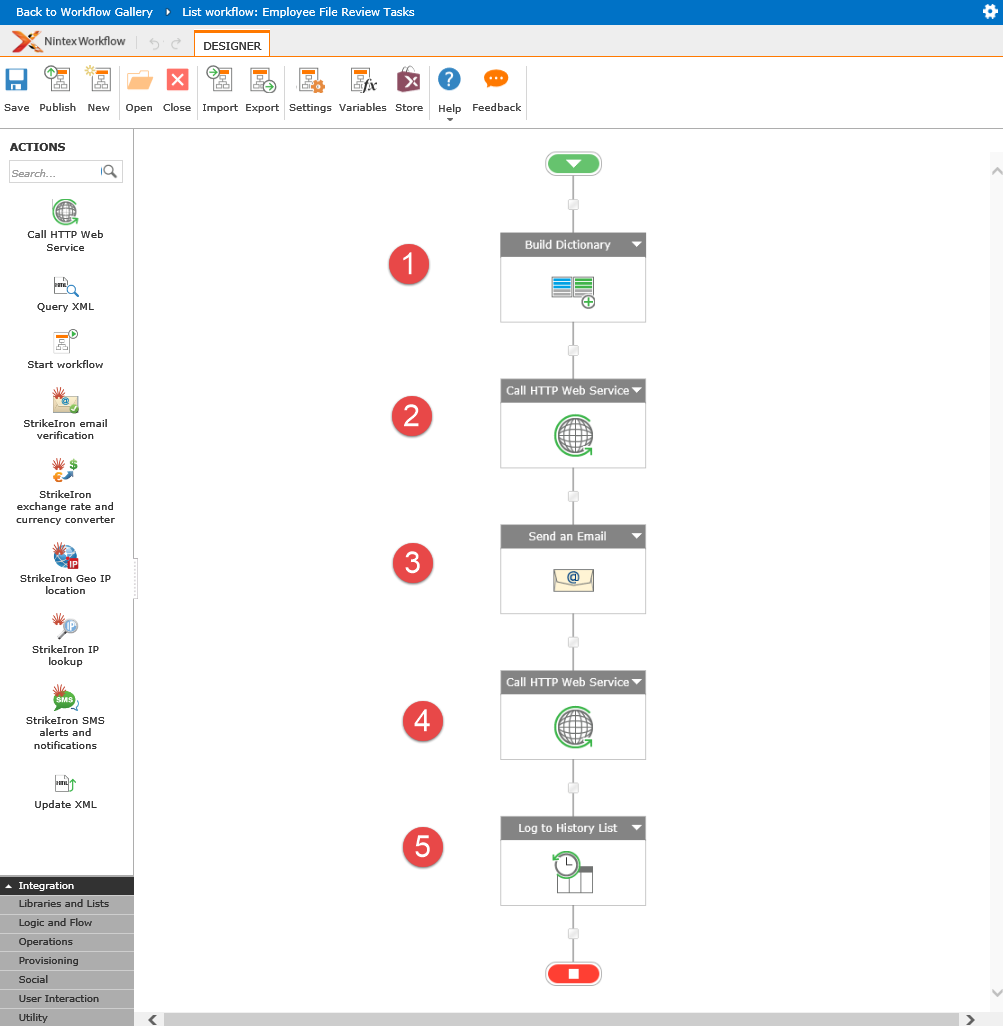Azure API Management Step by Step – Use Cases
 Use Cases
Use Cases
On this second post about Azure API management, let’s discuss about use cases. Why “Use Cases”?
Use cases helps to manage complexity, since it focuses on one specific usage aspect at the time. I am grouping and versioning use cases to facilitate your learning process and helping to keep track with future changes. You are welcome to use these diagrams to demonstrate Azure API management features.
API On-boarding is a key aspect of API governance and first thing to be discussed. … [Keep reading] “Azure API Management Step by Step – Use Cases”



